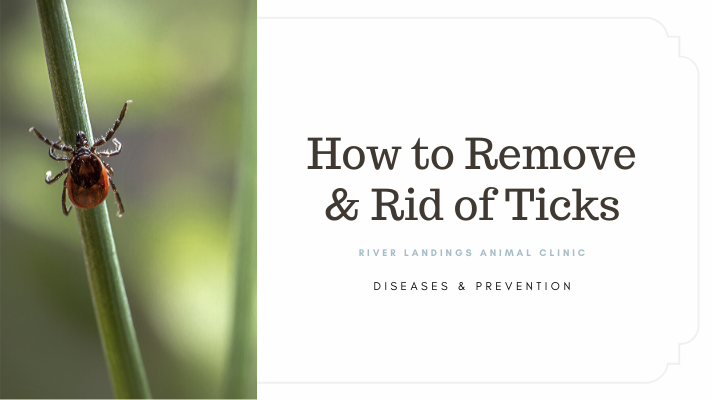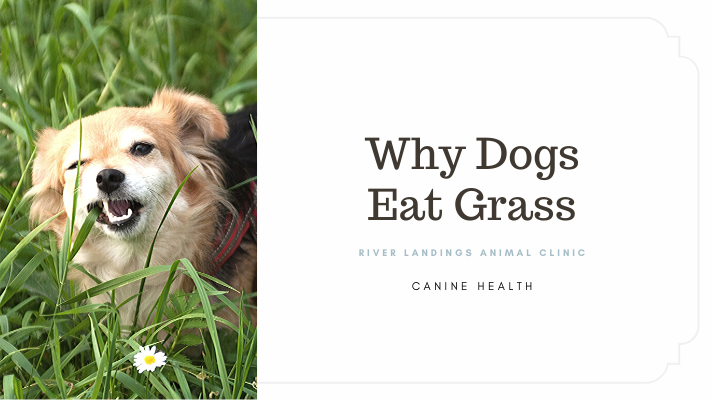Life and everyday routines have been turned upside-down due to coronavirus restrictions—even for our dogs. It's likely you and your pup are missing your old life together: road trips, volunteer visits, activities with friends, puppy playdates, or puppy day camp. But slow, scent-filled strolls in local parks can become a welcome stand-in. Under stay-at-home orders, walking our dogs are, for many, a refreshing distraction. When it comes to a change of scenery, it’s an indulgence for those on either end of the leash.
Here are 10 tips for keeping your dog & you safe and healthy during the pandemic and beyond. (It goes without saying: Always pick up after your pup. If you can’t safely toss it in a public trash can, discard it at home.)
Stay close to home. Avoid unnecessary travel by finding a park or trail near your home. Check park websites and social media for updates, and respect closures: gates, cones, barricades, or signs. Although on some days you may need to take a short drive to the park with your dog, keep in mind that parking may be prohibited in some areas.
Adjust your routine. Some of your pet's favorite spots could be closed or completely blocked to cars. Popular spots could be open but often too congested for social distancing. If a park looks too crowded, or there’s no legal parking, plan to visit another time.
Treat your dog like a family member. According to the Centers for Disease Control and Prevention, “There is no evidence that animals play a significant role in spreading the virus that causes covid-19.” While a small number of pets have been reported to be infected with the virus, mostly after contact with people, the risk of animals spreading covid-19 to people is considered low. Until more is known about the virus, however, the CDC recommends treating pets as you would any other family member: Don’t let them interact with people or animals outside the household or family members who are sick.
Keep your distance. On paths and trails, stay at least six feet from other people AND dogs. When walkers or runners approach, step off the path and allow them to pass. Even better, find a field where you and your dog won’t have to pass anyone. We discourage on-leash meetings — now or ever. It’s an unnatural way for dogs to greet each other, and the tension on the leash can contribute to bad manners. If a stranger asks about saying hello to your dog, this is an easy time to practice saying, “Not right now, thanks for asking,” without the stigma of being unfriendly. Not all dogs love other people or other dogs. Know your dog and what's comfortable for them. Even after we go back to not social distancing, we should be in the mind-set of giving dog space if they want it.
Read your dog. Pay attention to cues to know how your dog is feeling, especially when encountering another dog. Yawning, lip-licking, paw-raising, and tail-tucking can all be signs of anxiety. People tend to assume that a wagging tail means a happy pup, but it simply means arousal. A fast, upright wag means a canine concern. The friendly tail wag is lower, sometimes a full-body wag starting at the shoulder. Check out iSpeakDog for more guides to reading your pet’s body language.
Leash up. It’s always important to follow leash laws — for the protection of your dog, other dogs, and humans — but it’s particularly important now. The use of retractable leashes is controversial. Alexandra Dilley, director of behavior and training at the Humane Rescue Alliance (HRA), advises against the leashes because many people mishandle them. It takes coordination and practice to shorten the leash if you need to quickly control your dog. Dilley warns that retractable leashes can get entangled with other dog leashes, and if you grab the leash as a dog’s running it out, you may cut or burn your hand. When trainers do recommend retractable leashes, it’s only for remote areas or fields, where 20-foot traditional leashes are handy, too.
Train while you walk. Take this quieter time to work with your dog on behavior. If your dog gets triggered (by a person, dog, skateboard, loud truck, etc.), shorten the leash, try to put yourself between the dog and the trigger, and pass as quickly as possible. Do not make the dog sit and force them to remain in an uncomfortable situation. If you have to pick up the pace while distracting the dog with treats, I think that’s the better option.
Don’t leave home without treats. In an environment with lots of distractions, it’s important to keep your dog’s attention. The best way to do that is with treats. For example, when you step aside on a trail or pathway to let a dog pass, reward your dog for sitting and waiting. Treats, especially low-calorie and low-mess treats, are also a great way to reinforce good behavior. To engage dogs who aren’t as food-driven, bust out those higher-value treats.
Go for a short sniff. You may be counting your steps, but your dog doesn’t need to follow suit. Sniffing and other mentally enriching exercises (such as finding hidden treats around the house or working to get their kibble out of a toy) are at least as important as physical exercise. Replace that four-mile walk with a leisurely, one-mile sniff. Introducing your dog to new places — where different critters live and varied smells await — is like picking up a new book. Eighty percent of the walks should be sniffing. You’ll be surprised how tired that makes them! If it’s a bad weather day, maybe consider buying or making your own Snuffle Mat.
Leave your dog home daily. Dogs aren’t much for planning, but their human companions can do something now to prevent separation anxiety in the future. We recommend leaving your dog home alone several times a day. Go out and have your own experience to remind them we do have lives away from them, and we’ll be going back to work and school. If you normally take your dog for two or three walks a day, don’t start doing it more often, just because you have more time. Rather, get in your own power walk. Also important: Keep your routine. If your dog typically walks and eats before sunrise stick to the schedule so the post-pandemic change won’t be traumatic.
HRA recently offered a webinar with tips on how to teach your dog to “live well when alone.”
COVID-19 Response: River Landings Animal Clinic
Hear From Us Again
Don't forget to subscribe to our email newsletter for more recipes, articles, and clinic updates delivered to your inbox (here). Or, you can keep up to date by liking and following our Facebook page (here).
Related: We have more information under our cat health + dog health + client care categories.










